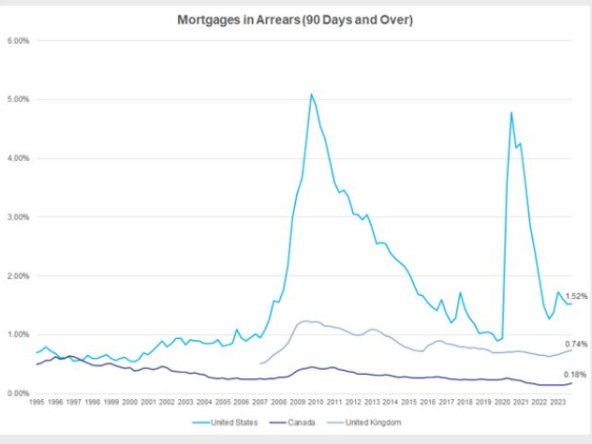The terms “balance,” “hot,” and “cool” real estate markets in Toronto refer to the overall health and activity level of the real estate market in the city. These terms are often used by real estate professionals, economists, and media outlets to describe the state of the market and can have different meanings depending on the context. Here’s what each of these terms typically means:
1-Balance Real Estate Market:
A balanced real estate market is one where the supply of homes for sale roughly matches the demand from buyers. This equilibrium results in stable home prices and typically benefits both buyers and sellers.
In a balanced market, there is a reasonable number of homes available, and properties tend to sell at prices close to their fair market value.
The average time a property stays on the market is neither too short nor too long, indicating a healthy balance between buyers and sellers.
2-Hot Real Estate Market:
A hot real estate market is characterized by high demand and limited supply. In such a market, there are more buyers than there are homes available for sale.
Hot markets often lead to bidding wars and rapid price increases, as buyers compete for a limited number of properties.
Sellers have the upper hand in a hot market, and homes can sell quickly, often above their asking prices.
Hot markets can be challenging for buyers, as they may need to act quickly and make competitive offers to secure a property.
3-Cool Real Estate Market:
A cool real estate market, on the other hand, is one where there is an oversupply of homes relative to the number of buyers in the market.
In a cool market, properties may take longer to sell, and prices may remain stable or decrease slightly due to reduced demand.
Buyers have more negotiating power in a cool market, as sellers may be more willing to accept lower offers or provide concessions.
Cool markets can be favourable for buyers looking for bargains or more time to plan.




